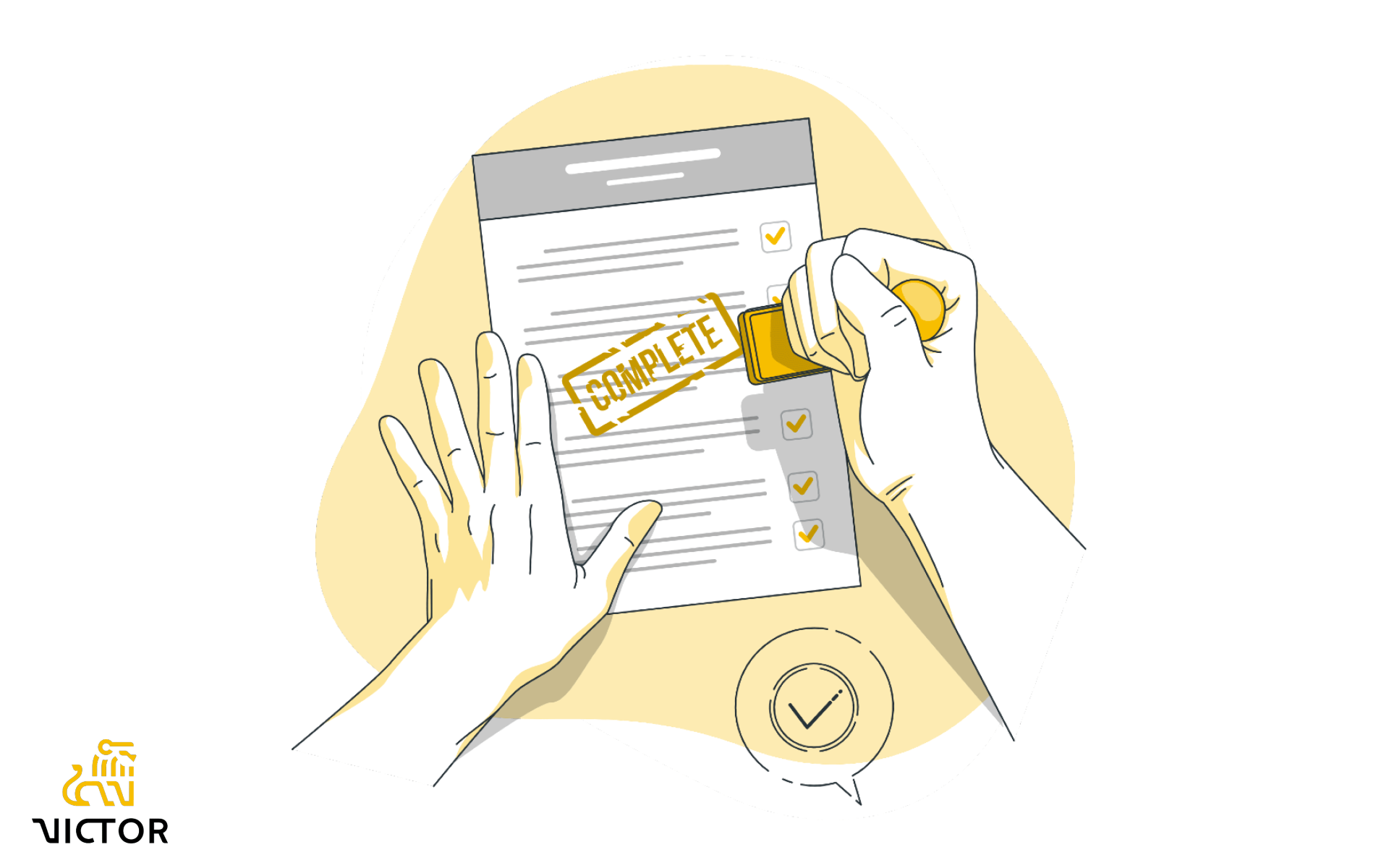A fintech’s guide to bank partnerships
In a report published in September 2021, the St. Louis Federal Reserve identified three partnership models for fintechs and banks: operational technology, customer-oriented and front-end fintech. The Fed defined front-end fintech as a partnership where a firm delivers financial products and services directly to customers by leveraging a bank’s infrastructure such as its ability to accept deposits, process payments and issue credit. This model gave rise to a range of ‘as-a-service’ offerings.
Fintechs have two options when partnering with a bank. A client program is suitable for those that have acquired a money transmitter license (MTL) in each state where they have a presence. An MTL grants regulatory authority to move funds on behalf of customers, so a fintech only needs to work with a bank to process payments. The other option is a bank program designed for those without an MTL, which means the fintech must partner with a fully regulated bank, known as a sponsor, to move funds.
Fintechs must go through due diligence regardless of which program best supports their business model. Flexibility is key, as banks have different requirements. That said, due diligence is more demanding for a bank program, as a fintech must prove it has the right policies in place to operate a secure platform. After all, a bank needs to know its partner complies with the anti-money laundering (AML) rules in the Bank Secrecy Act before taking responsibility for processing payments on behalf of its clients. If they do not comply, financial authorities could impose heavy fines.
What do banks look for in a fintech partner?
Knowing how a bank assesses a potential partner helps prepare for due diligence. In August 2021, the Fed published guidelines for banks, which it broke down into several criteria:
Business experience and qualifications– A fintech should have the appropriate knowledge, qualifications and strategic goals to perform its activities effectively.
Financial condition– Financial stability implies a fintech will remain in business and fulfil its obligations to a partner.
Legal and regulatory compliance– To meet its compliance requirements, such as implementing an AML policy, a fintech must understand the applicable regulations and have experience of working within the relevant legal framework.
Risk management and controls– Risk management policies, processes and controls demonstrate a fintech can operate in a sound manner consistent with a bank’s risk appetite and the local regulatory regime.
Information security– A fintech’s information security program should follow best practices when handling and protecting sensitive data.
Operational resilience– Monitoring threats and failures is important for a fintech to maintain its capacity to continue operating through disruption.
How to prepare for a bank partnership
In addition to becoming familiar with the criteria listed above, here are five ways a fintech can get ready to work with a bank:
- A business case outlining:
- The product or service
- Market needs or demand
- Roles of the participants in the funds flow (for example the fintech, the bank, vendors or partners)
- Proposed revenue model
- Go-to-market strategy
- An organizational chart defining responsibilities by role and demonstrating bench strength. If a fintech hasn’t filled critical roles, it should indicate plans to do so or engage external expertise.
- An understanding of consumer compliance, fraud and the Bank Secrecy Act, which apply to the product or service, and a plan to manage compliance independently or with the bank.
- A well-documented and organized package to meet the bank’s specs for assessment and approval. If a fintech understands the bank’s requirements, in terms of documentation requests and questions, it can deliver a comprehensive package and accelerate decision-making.
- A committed approach to the account assessment process. Key players within the fintech should be prepared to attend virtual or in-person meetings and promptly respond to facilitate the bank’s review. Ensuring the right people are in the room is vital.
Pros and cons of bank partnerships
A client program reduces operating costs as banks charge a lower fee. Furthermore, it allows greater flexibility to meet customer needs as the oversight isn’t as stringent. And because a fintech has regulatory authority to process payments itself, its business model is less at risk of a bank revoking its services.
However, a client program hinders a fintech’s efforts to scale as it must apply for MTLs in all 50 states, which can take over a year and cost hundreds of thousands of dollars. Fintechs must also be prepared to comply with state laws and undergo occasional audits from each state regulator.
A bank program cuts the time required to go to market because it removes the need to spend months applying for MTLs. It also streamlines compliance activities and reduces the regulatory burden as a fintech only must complete an audit with its bank partner rather than each state regulator.
In terms of cons, a bank program’s due diligence isn’t just more demanding. A fintech also has less flexibility over the features it can offer, as the bank must approve every new product and how it manages its customers.
To find out how you can work with Victor to launch your fintech program with our partner bank, reach out to us for an intro call.



